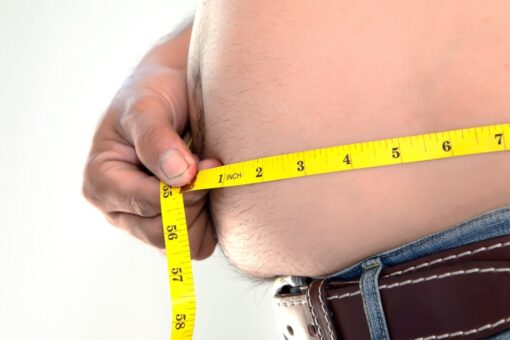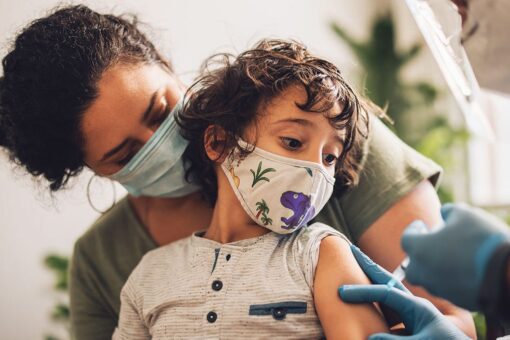Waiting list registrations and liver transplants linked to alcoholic hepatitis have increased significantly during the COVID-19 pandemic, according to researchers.
In a recent study from the University of Michigan published Tuesday in the journal JAMA Open Network, authors examined national changes in waiting list registration and liver transplants for alcohol-associated liver disease, as well as the association with the pandemic-linked rise in alcohol sales.
AMERICANS DRANK MORE TO RELIEVE STRESS AMID PANDEMIC, ESPECIALLY WOMEN
Looking at data obtained from the United Network for Organ Sharing Standard Transplant Analysis and Research file for new waiting list registrations and primary deceased donor liver transplants for U.S. adults between Jan. 1, 2016, and Jan. 31, 2021, the team assessed a total of 51,488 new waiting list registrations and 32,320 deceased donor liver transplants.
Pre-COVID-19 waiting list registrants and liver transplant recipients were 50 to 64 years old, with an average age of 58.
The median ages for both new waiting list registrants during COVID-19 and transplant recipients during COVID-19 was also 58.
Among the new waiting list registrants, more than 36% were women and nearly 64% were men during the pre-COVID-19 period, whereas more than 37% were women and almost 63% were men during the pandemic.
The patients’ data were categorized primary listing diagnosis as alcoholic hepatitis, alcohol-related cirrhosis or any other diagnosis.
The researchers compared proportions of waiting list registrations and deceased donor liver transplants during COVID-19 to the same time frame pre-COVID-19, using ?2 tests to help characterize short-term changes.
To evaluate those changes, the group compared observed monthly volumes of waiting list registrations and deceased donor liver transplants from March 2020 to January 2021 with forecasted values based on pre-COVID-19 trends.
In addition, national monthly retail alcohol sales from January 2016 to January 2021 from beer, wine and liquor stores were obtained via the U.S. Census Bureau Monthly Retail Trade Report.
The associations of alcohol sales, waiting list registrations and deceased donor liver transplants were evaluated using a Spearman’s rank-order correlation and analyses were performed using StataCorp statistical software.
MOMS WITH YOUNG KIDS DRANK 323% MORE AFTER CORONAVIRUS PANDEMIC: STUDY
The data was analyzed from March to April of this year.
From June to January 2021, registrations for the national organ transplant waiting list related to alcoholic hepatitis and the number of deceased donor liver transplants have been higher than predicted volumes by more than 50%.
From March 2020 to January 2021, the researchers said there was a “significant increase in the proportions of waiting list registrations” and deceased donor liver transplants for alcoholic hepatitis compared with the same pre-COVID period.
Alternatively, there was an overall reduction in waiting list registration and deceased donor liver transplants at the beginning of the pandemic, as COVID-19 patients overflowed hospitals.
Lastly, the group found that there was a temporal association and positive correlation between increasing waiting list registrations and deceased donor liver transplants for alcoholic hepatitis and increasing retail alcohol sales.
Trends for alcohol-related cirrhosis or any other diagnosis were unchanged.
“While we cannot confirm causality, this disproportionate increase in association with increasing alcohol sales may indicate a relationship with known increases in alcohol misuse during COVID-19, the authors wrote, adding that because fewer than 6% of patients with severe alcoholic hepatitis are listed for transplantation, the increasing waiting list volume during COVID-19 represents a small fraction of the increase in alcoholic hepatitis.
“This study provides evidence for an alarming increase in [alcoholic hepatitis] associated with increasing alcohol misuse during COVID-19 and highlights the need for public health interventions around excessive alcohol consumption,” they concluded.
“While we cannot confirm causality, this study provides evidence for an alarming increase in alcoholic hepatitis associated with known increases in alcohol misuse during COVID-19,” Maia S. Anderson, a general surgery resident at Michigan Medicine and the first author of the study, said in a statement. “And it highlights the need for public health interventions around excessive alcohol consumption.”
CLICK HERE TO GET THE FOX NEWS APP
According to John’s Hopkins Medicine, alcoholic hepatitis is inflammation of the liver that leads to liver cell damage and cell death. It is caused by drinking too much alcohol and usually develops over time – though sometimes severe hepatitis can develop suddenly and quickly lead to liver failure and death.
Dietary guidelines from the U.S. Centers for Disease Control and Prevention (CDC) recommend no more than one drink a day for women and two for men.
Excessive alcohol use is responsible for 95,000 deaths in the United States each year, the agency says, including 1 in 10 total deaths among working-age adults.




